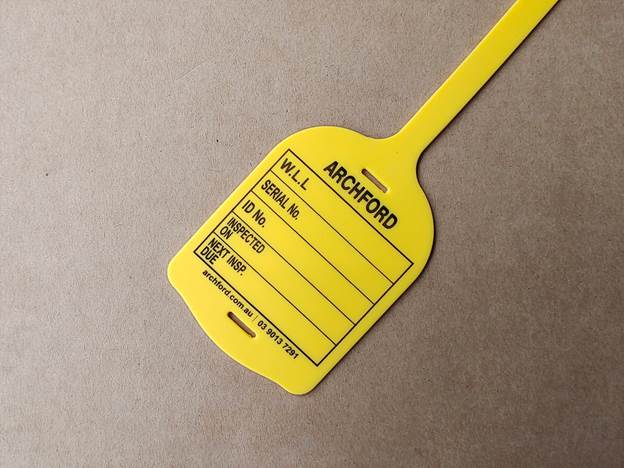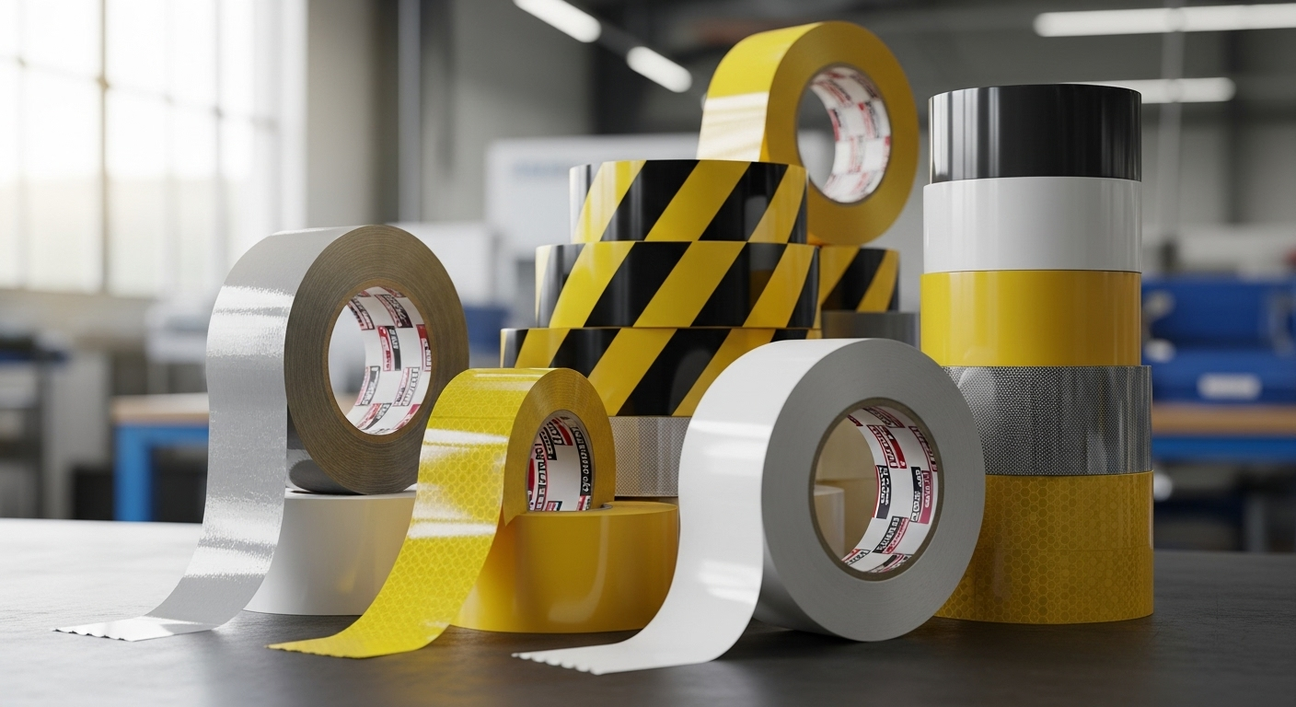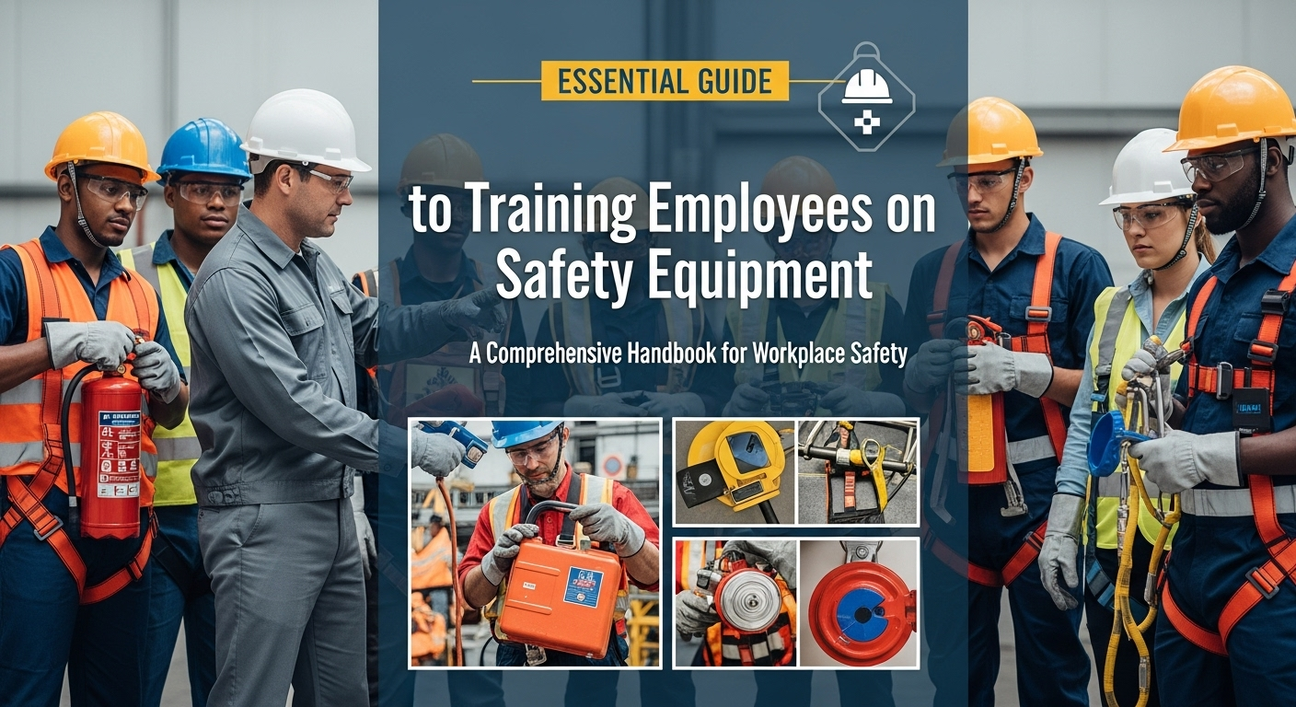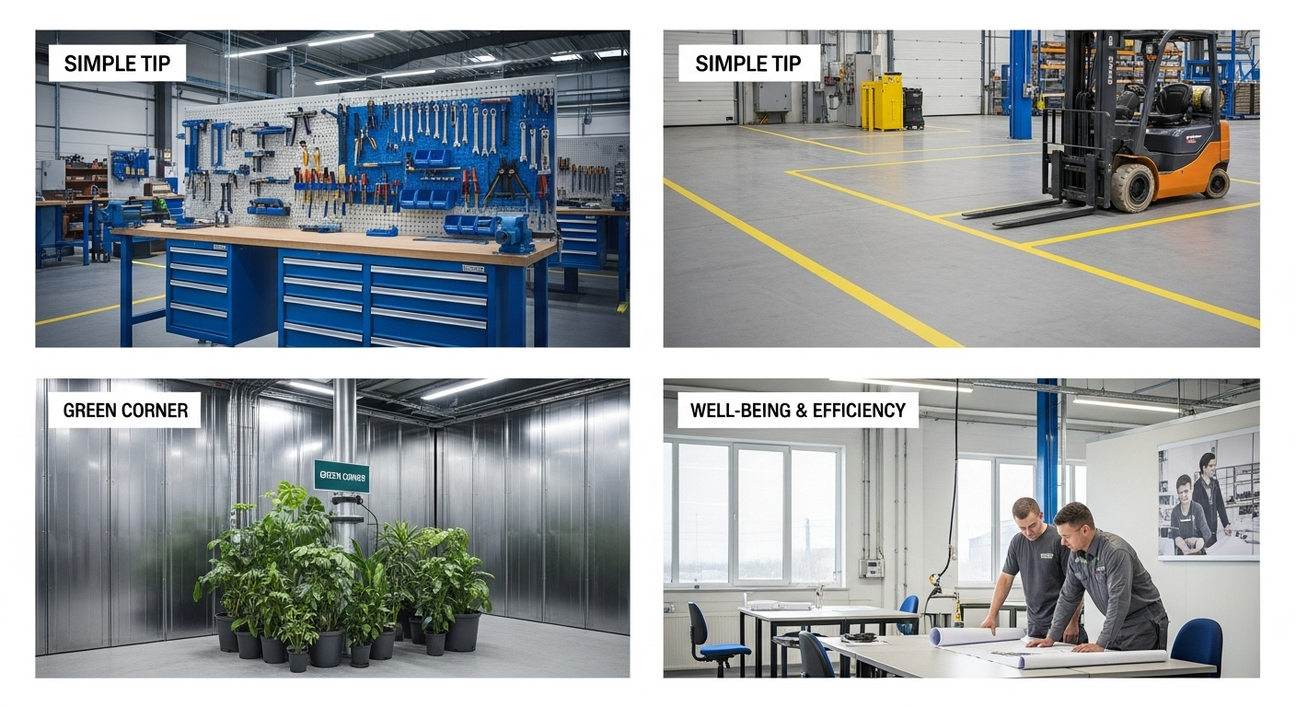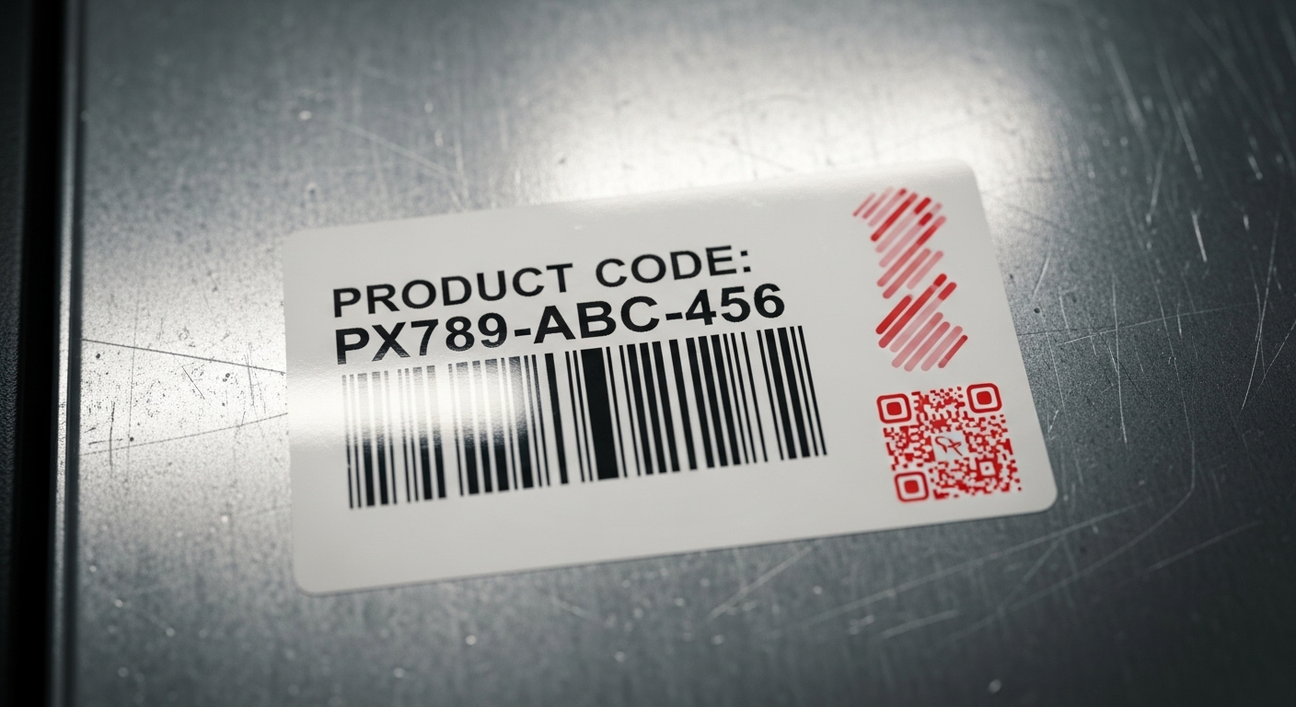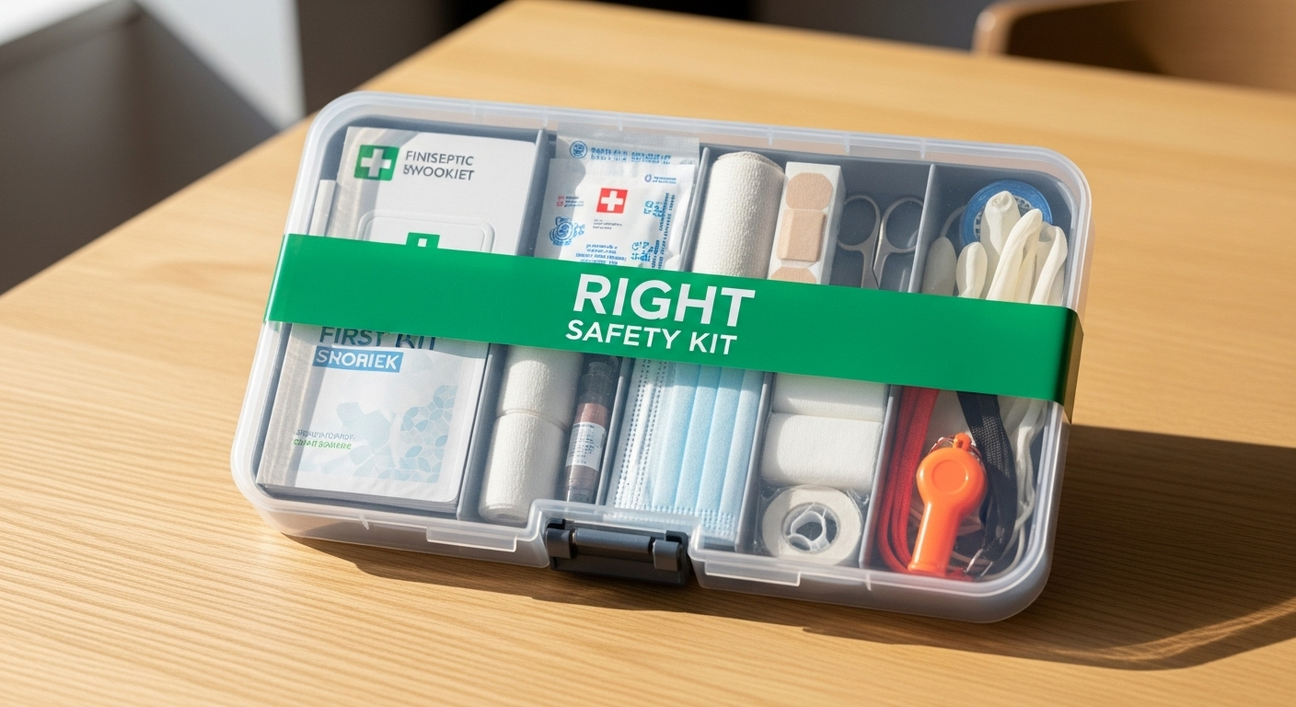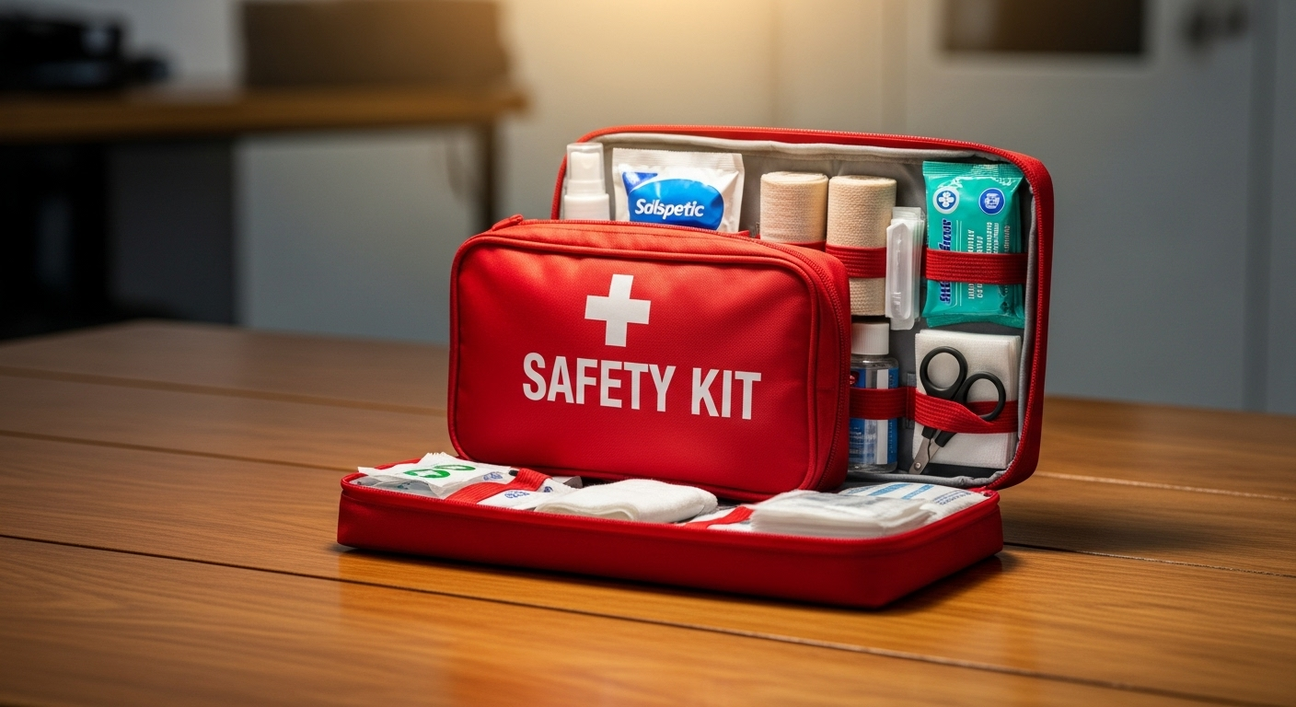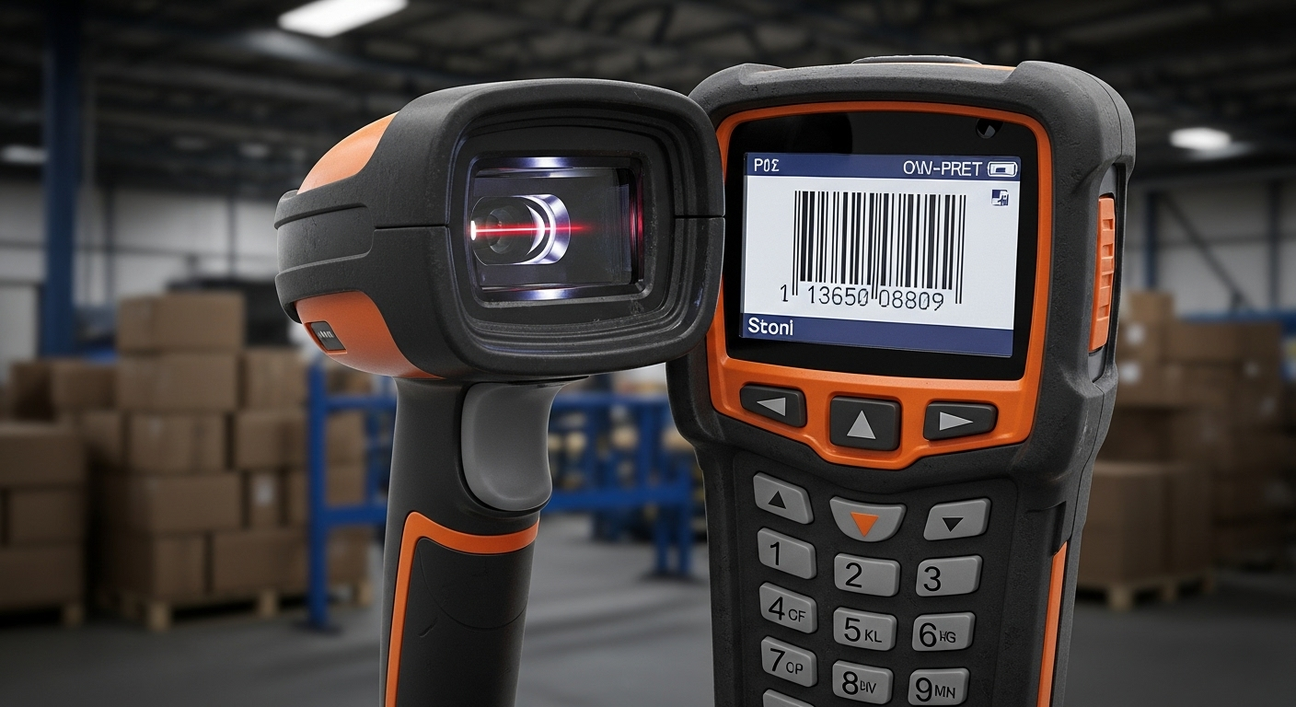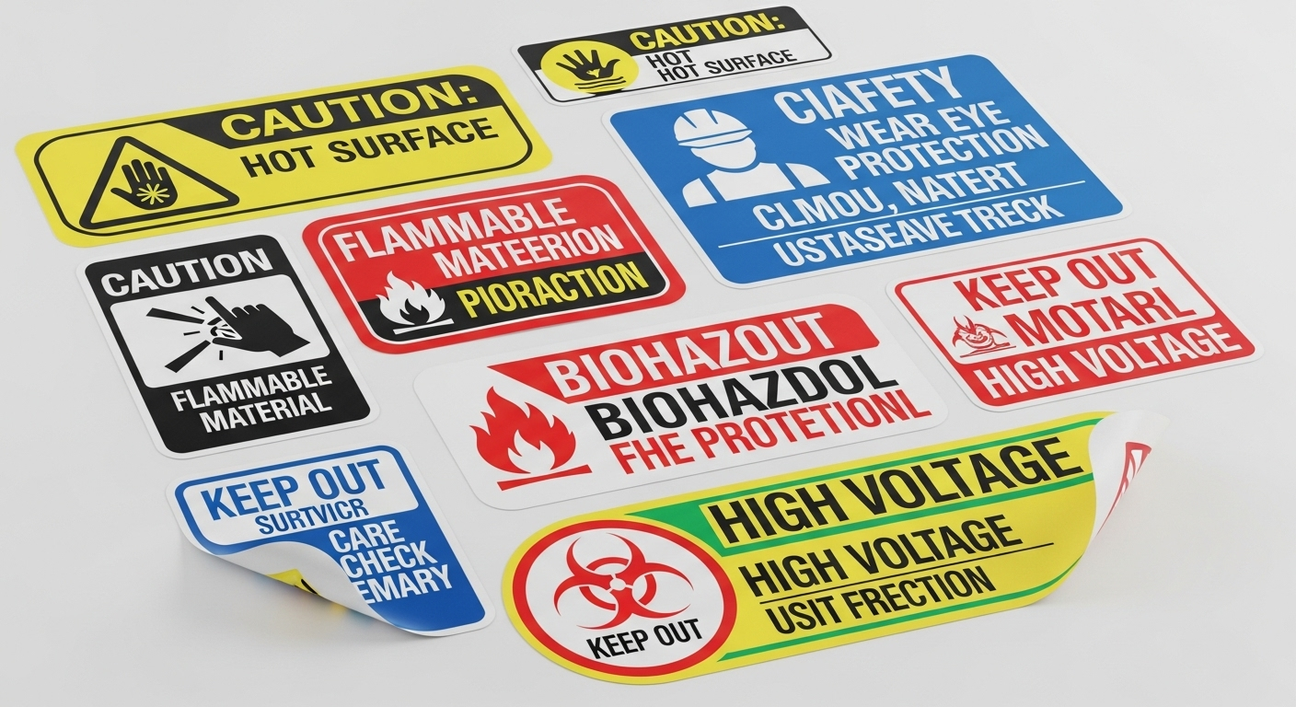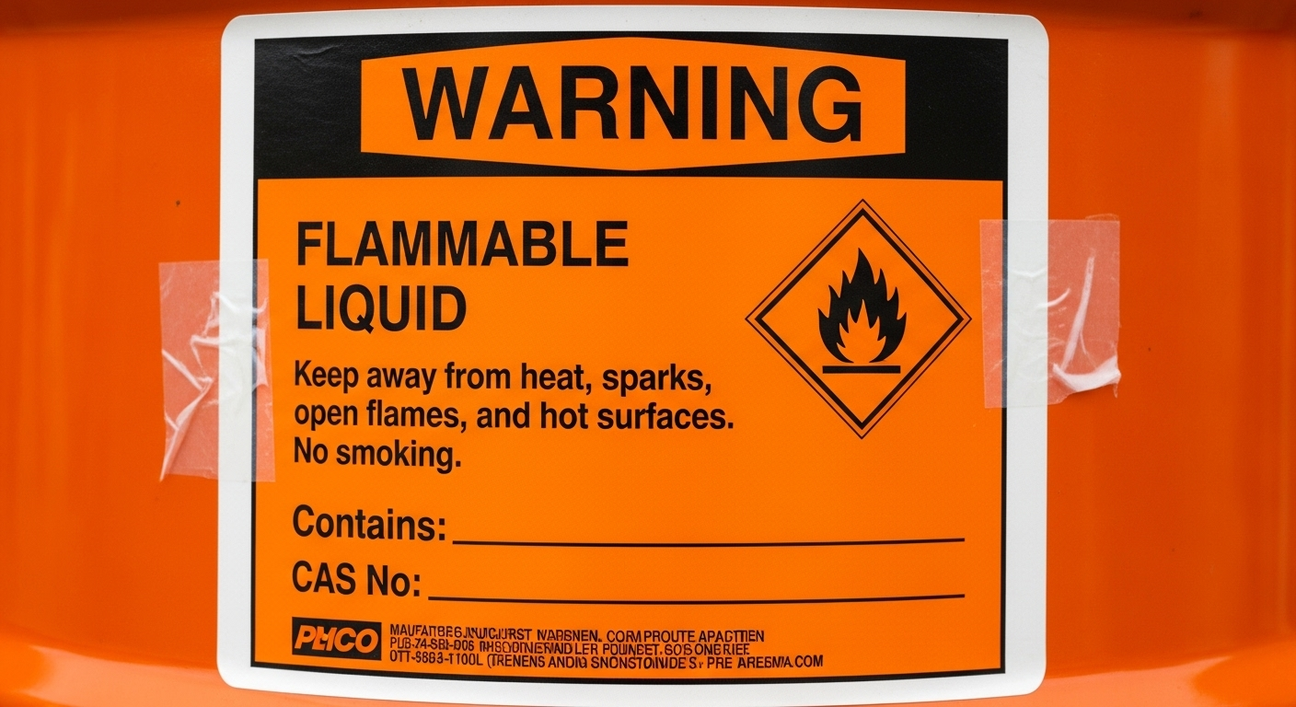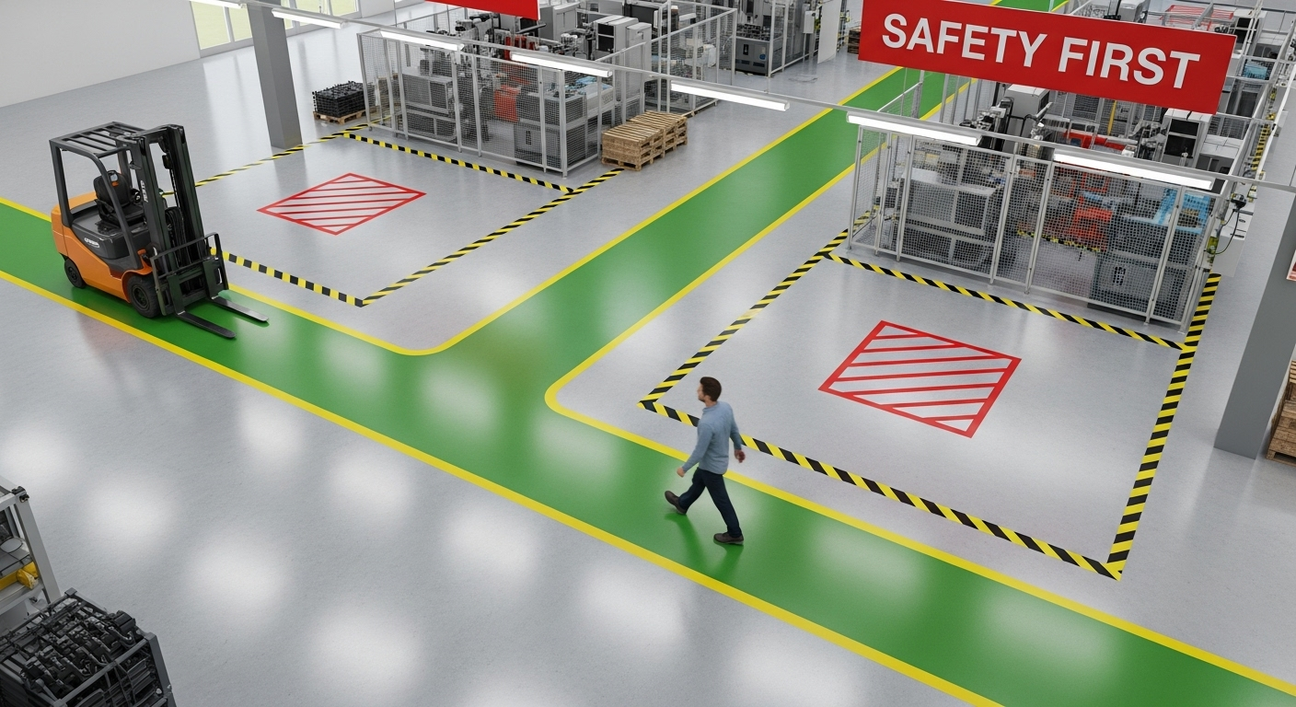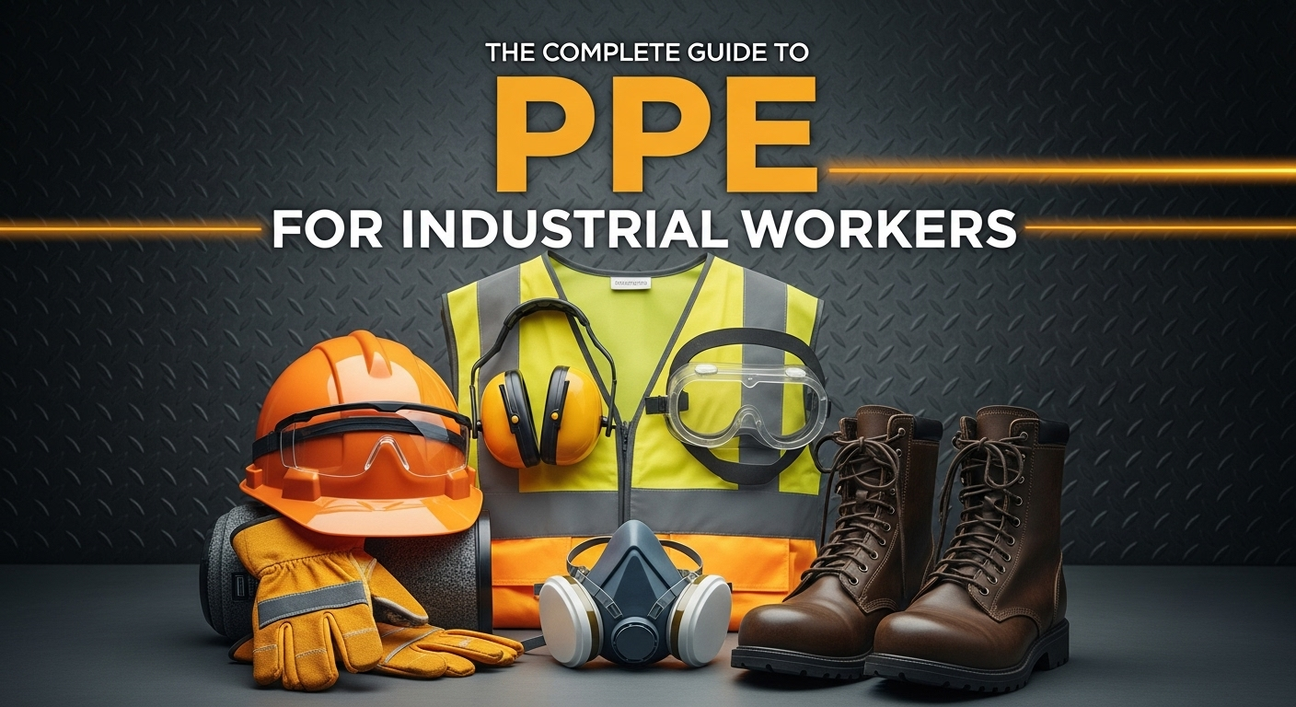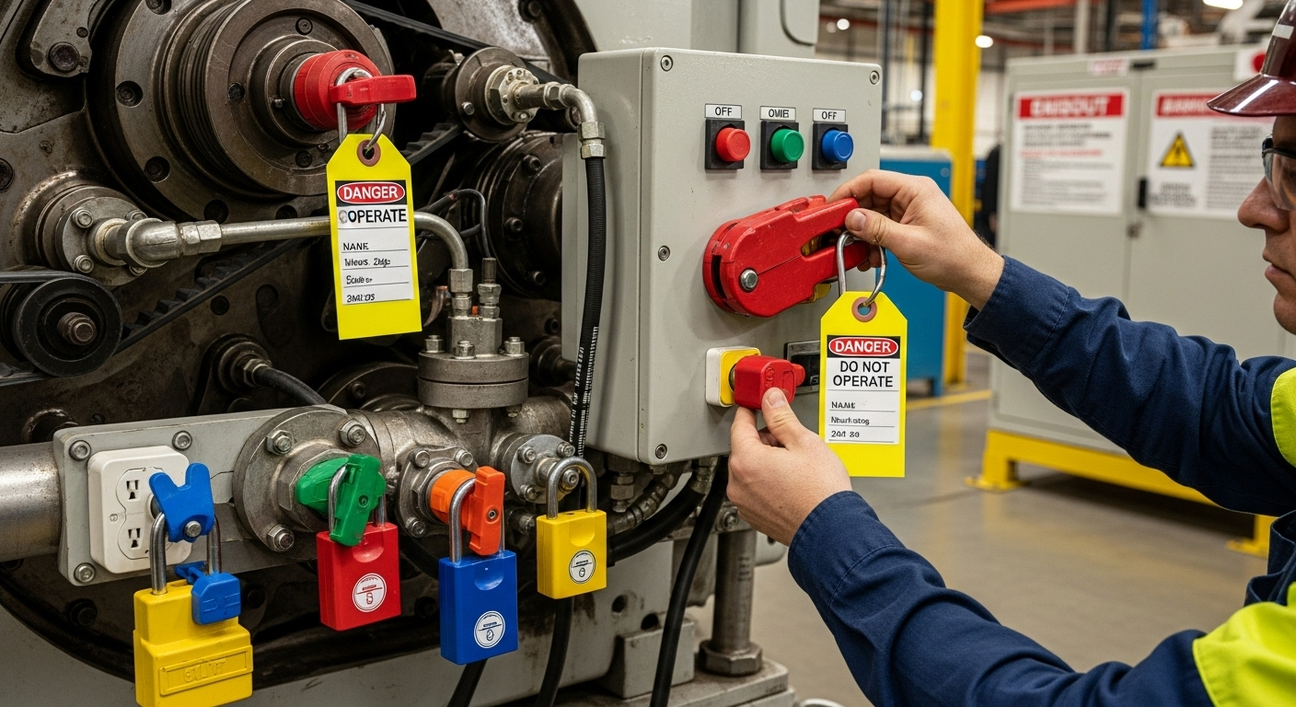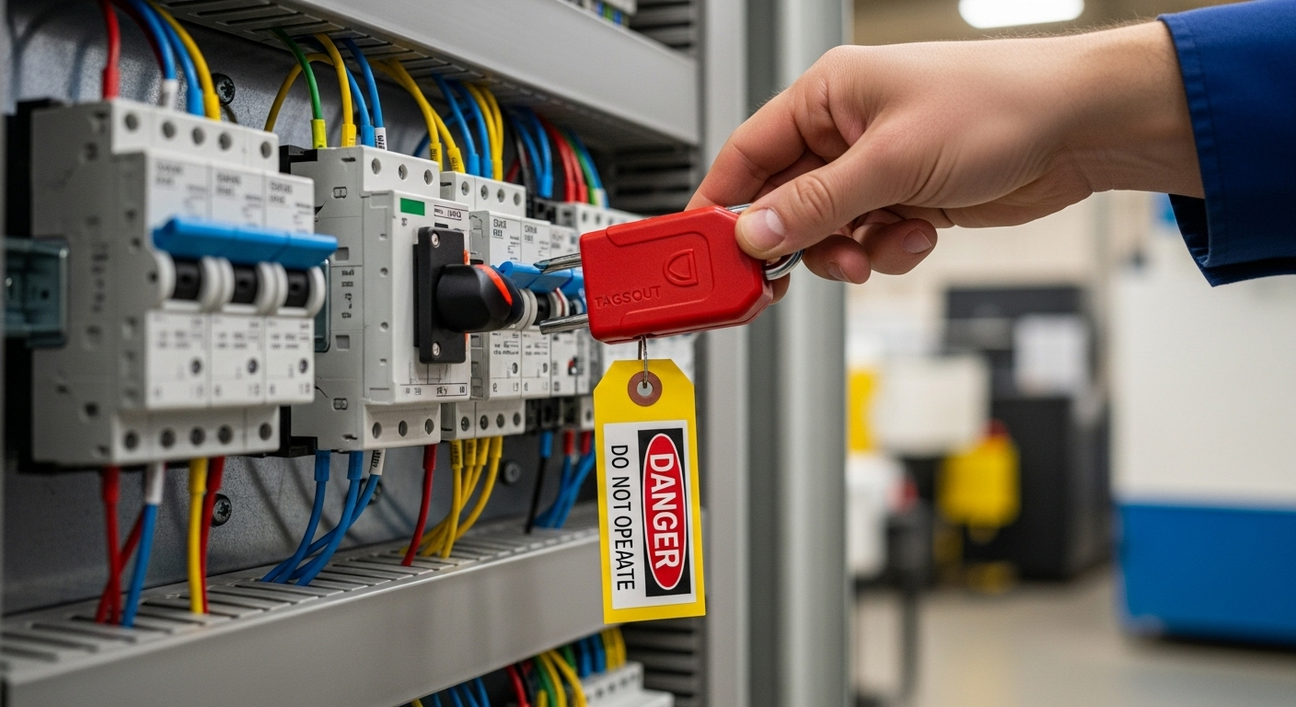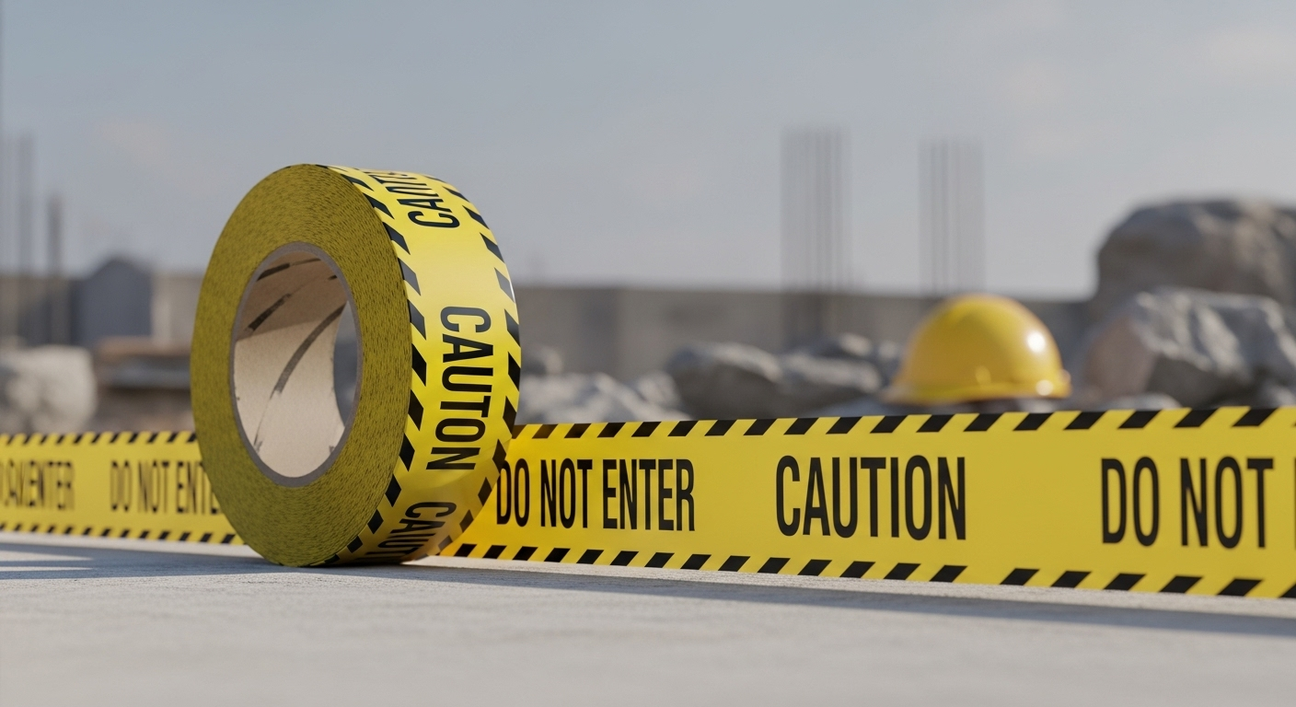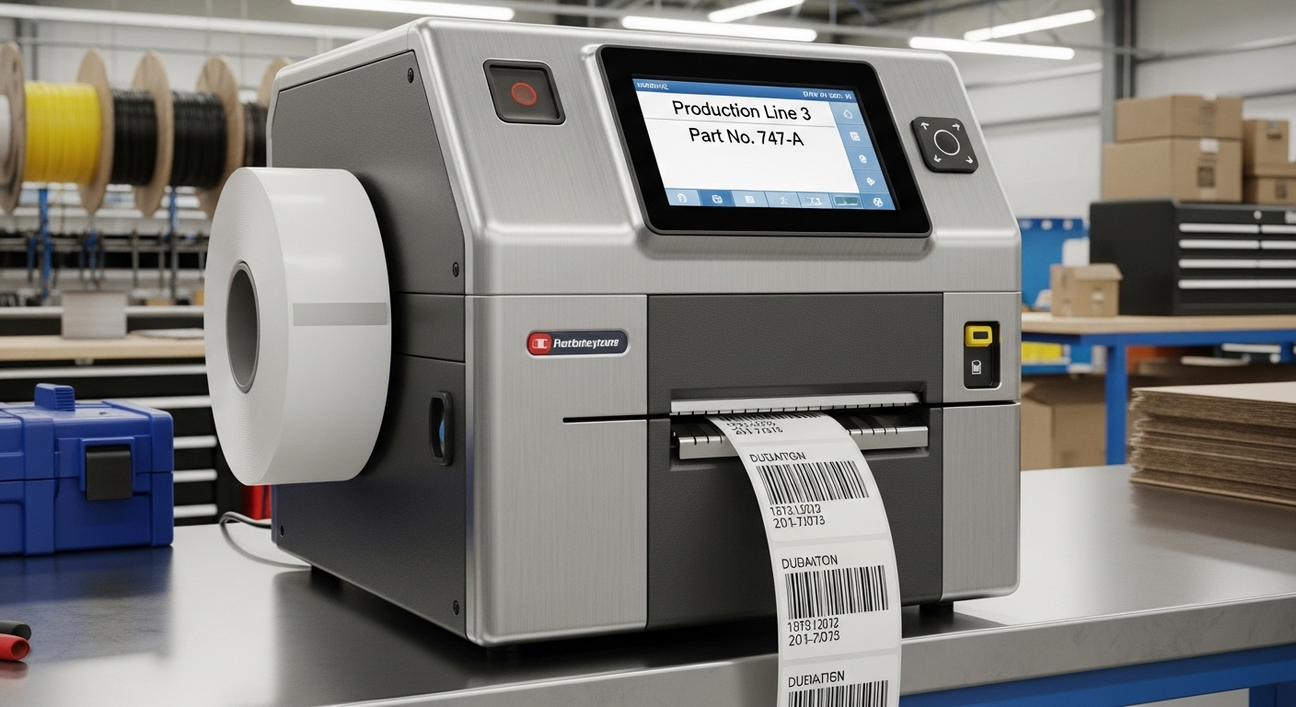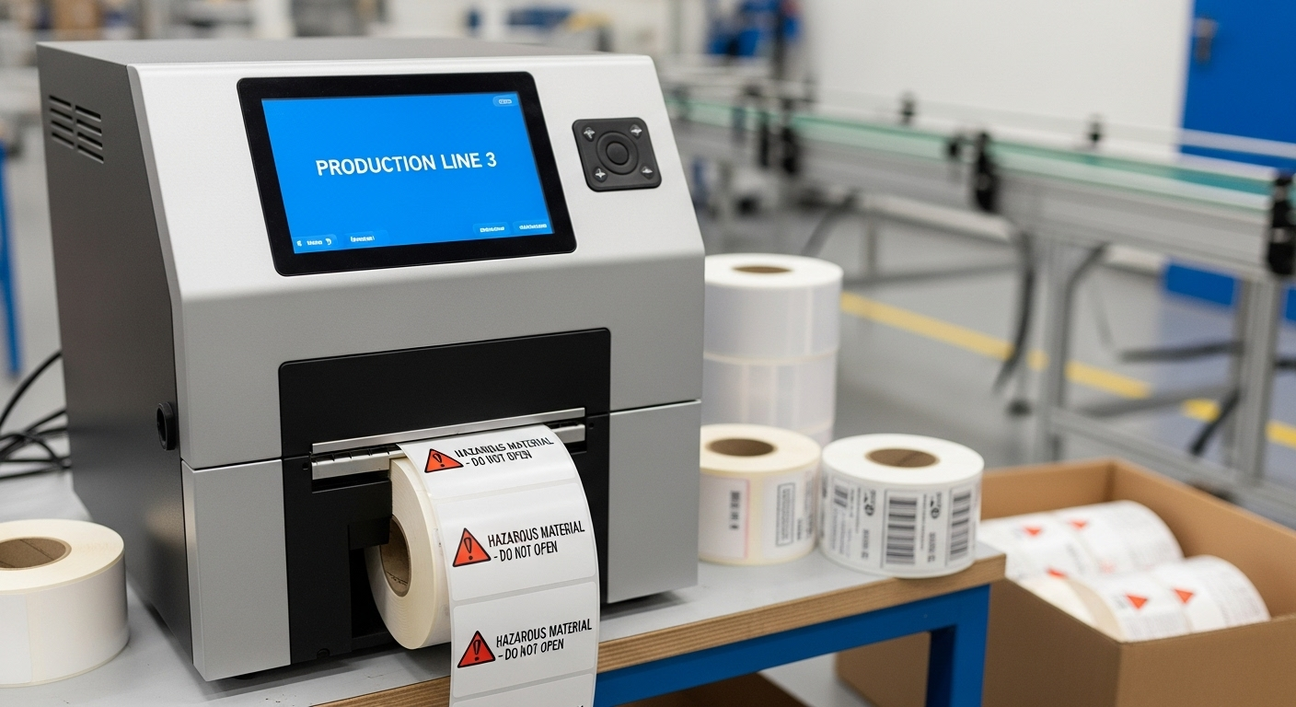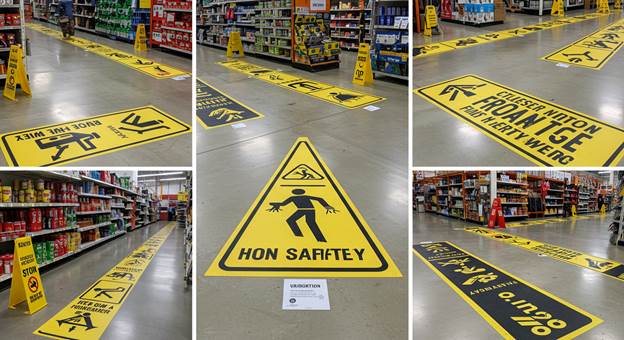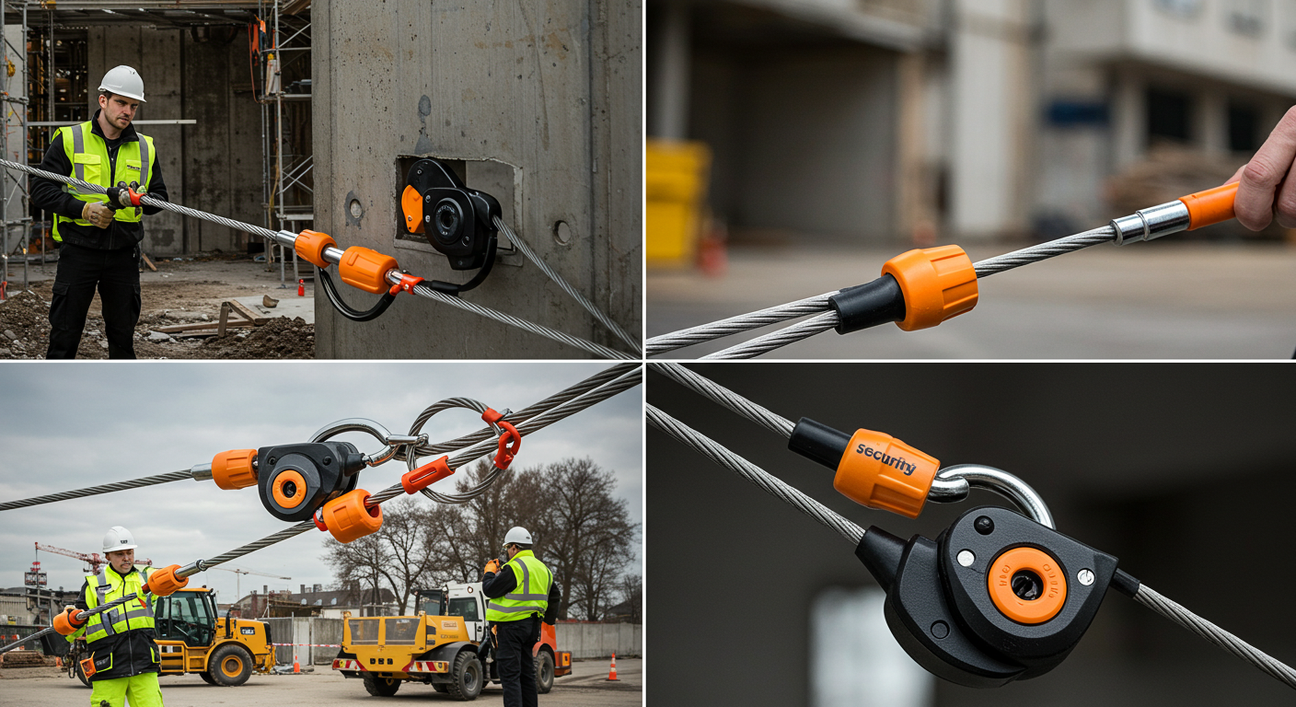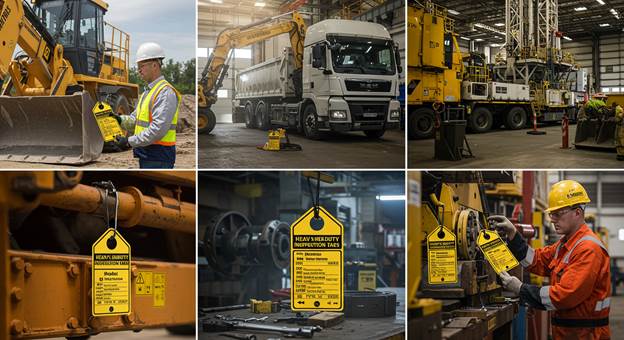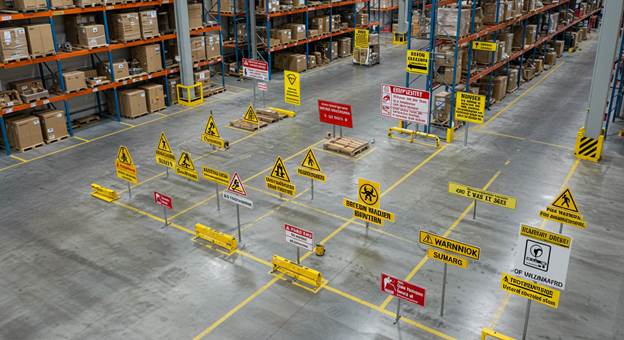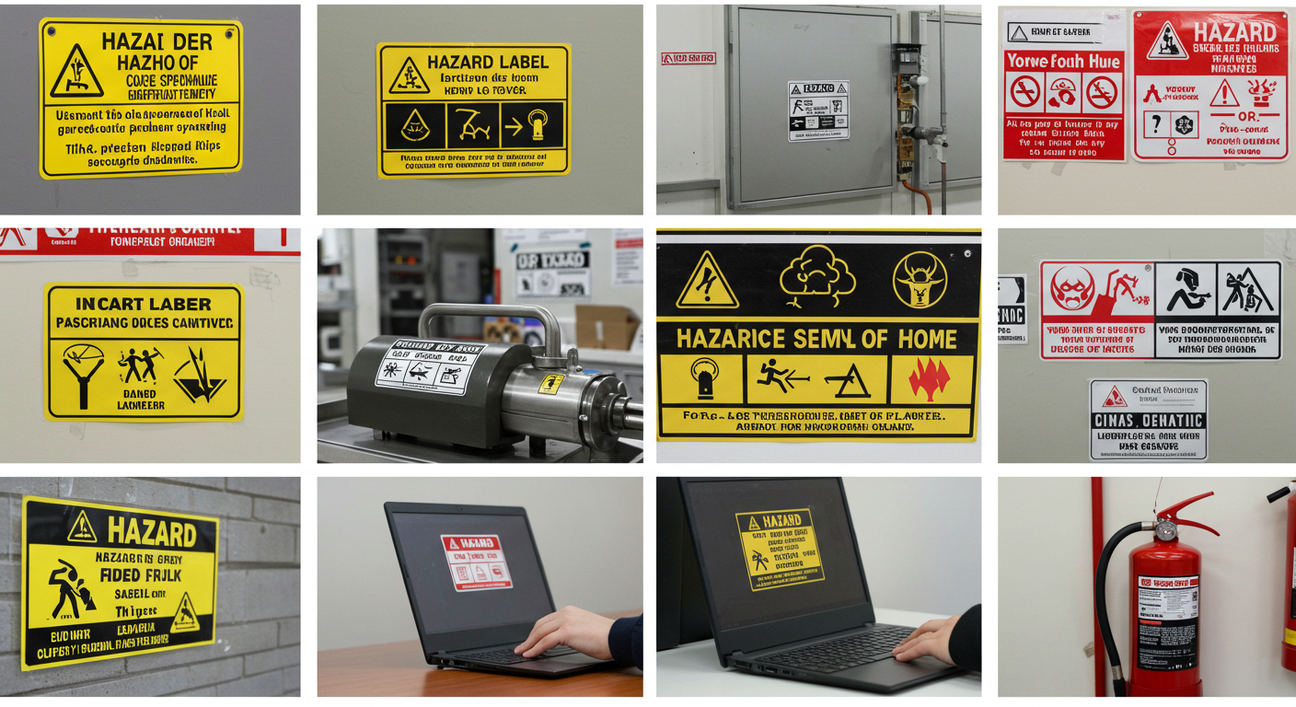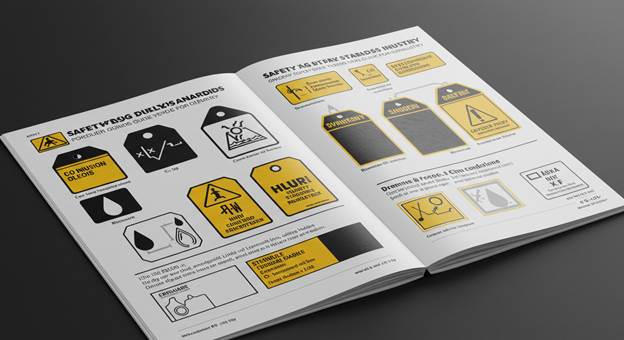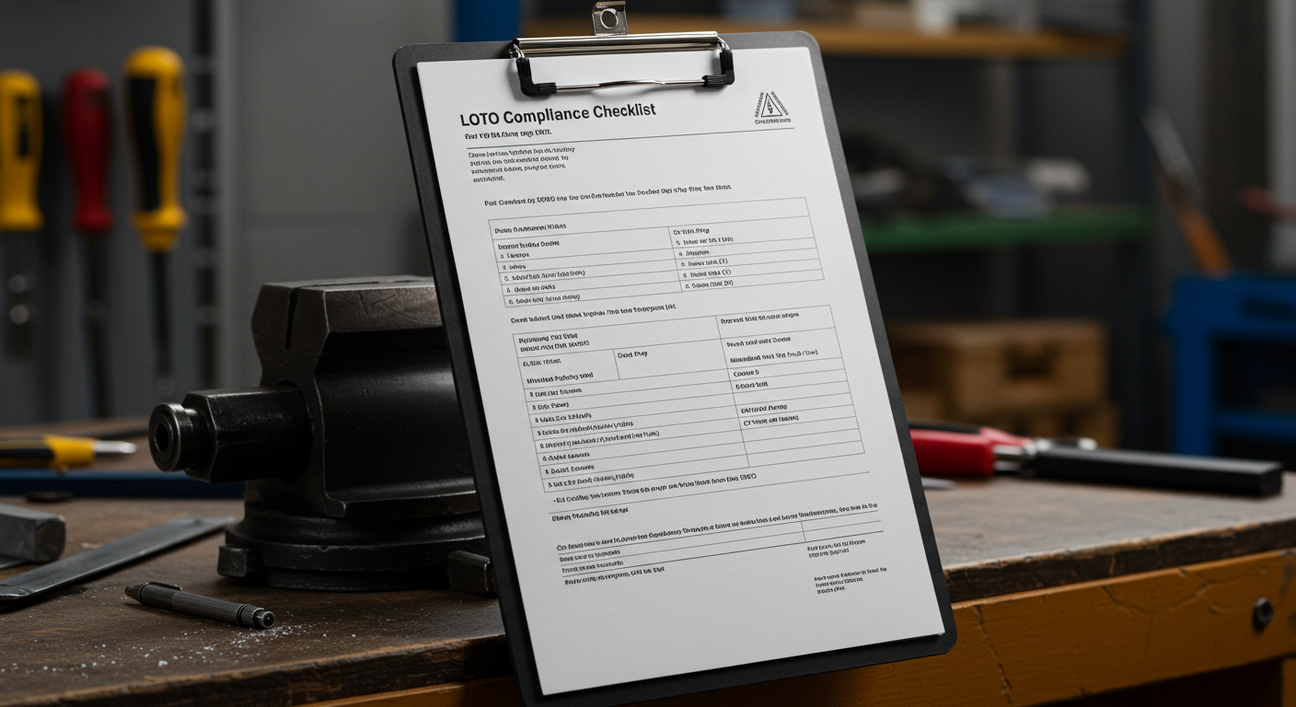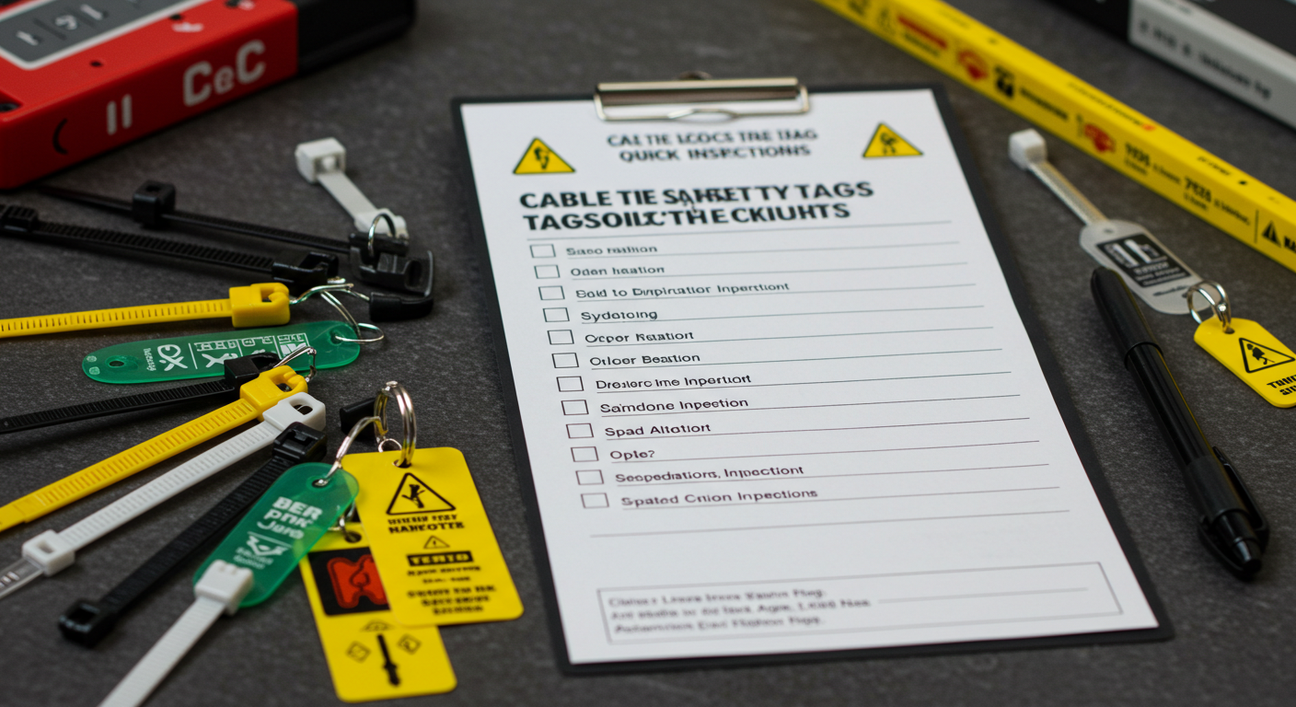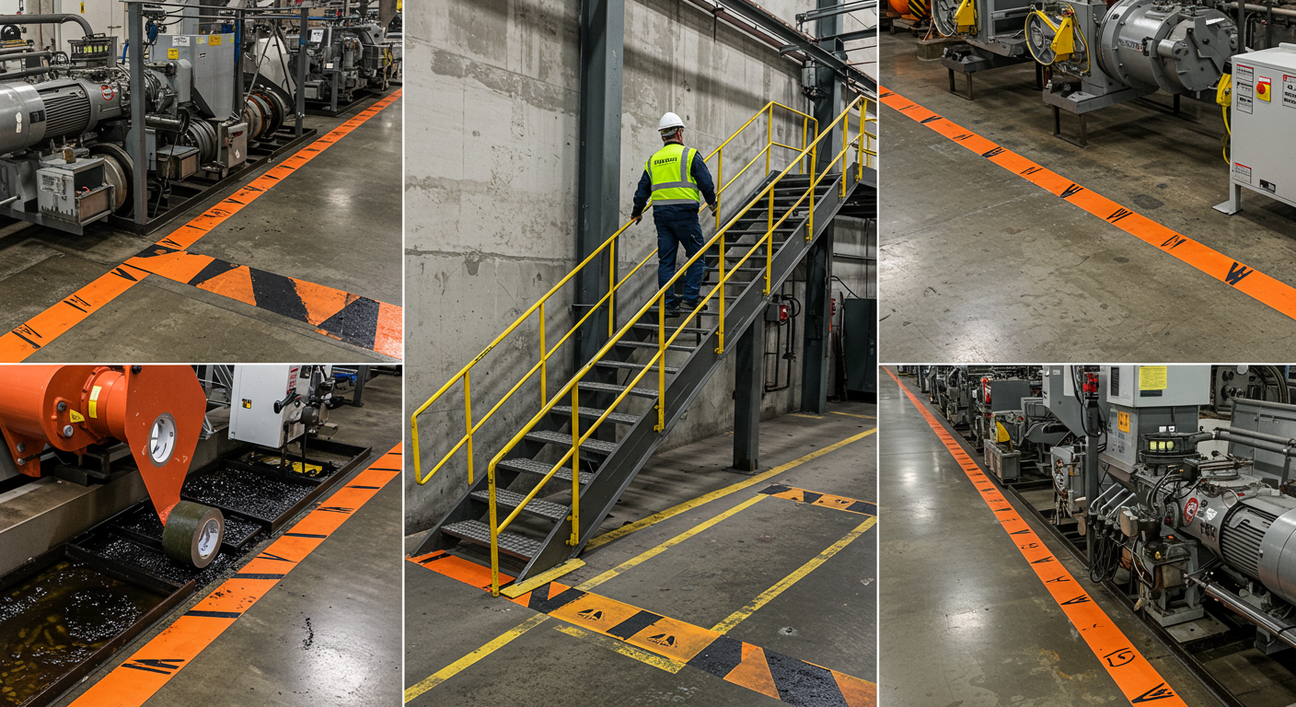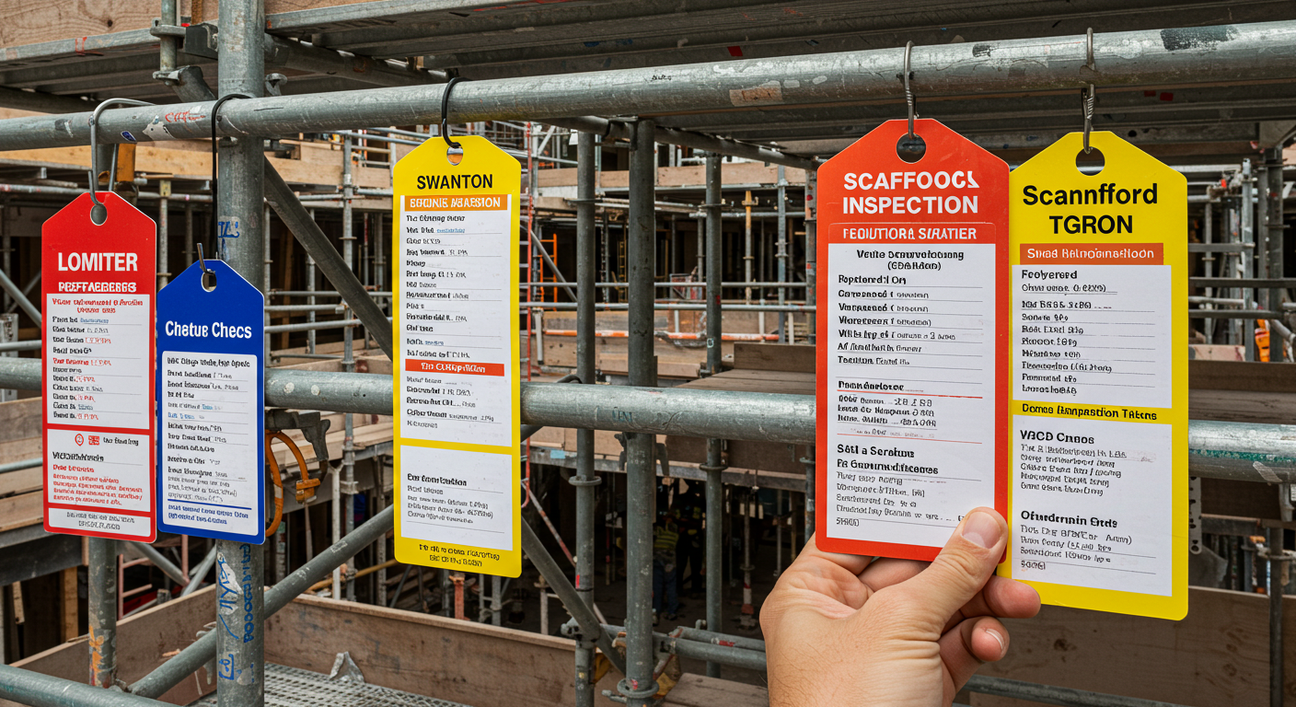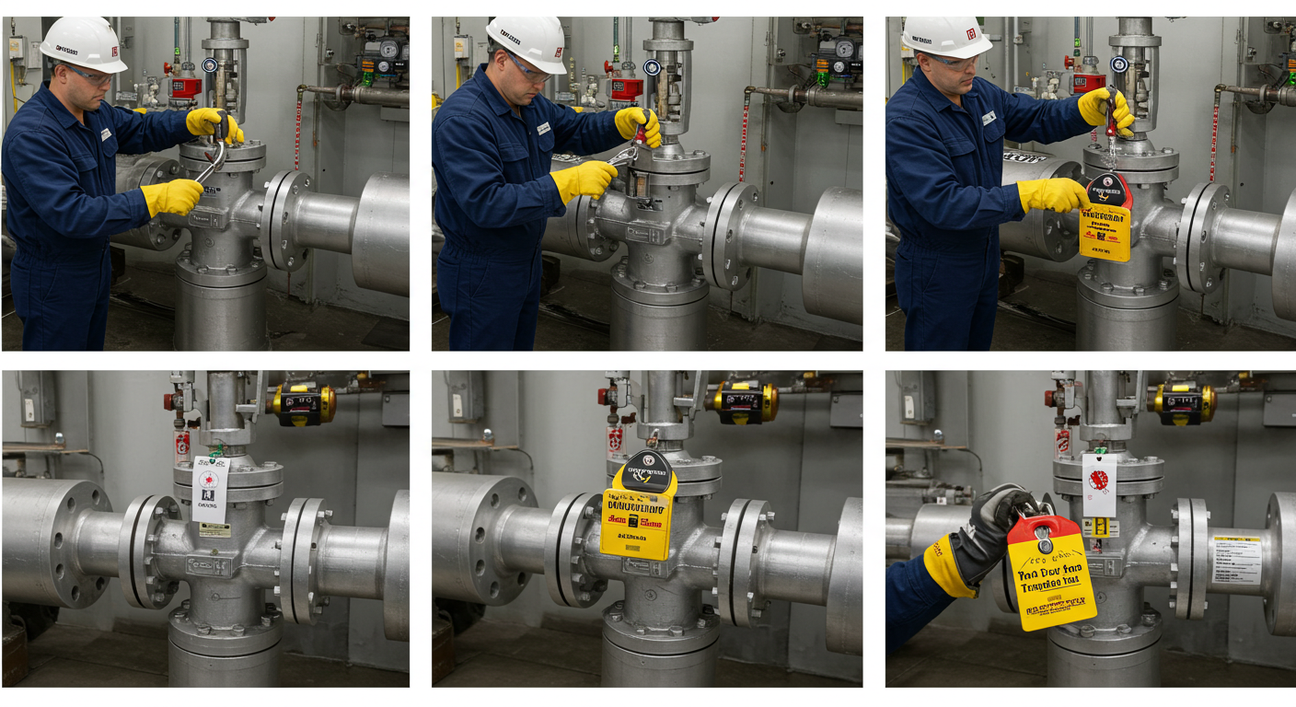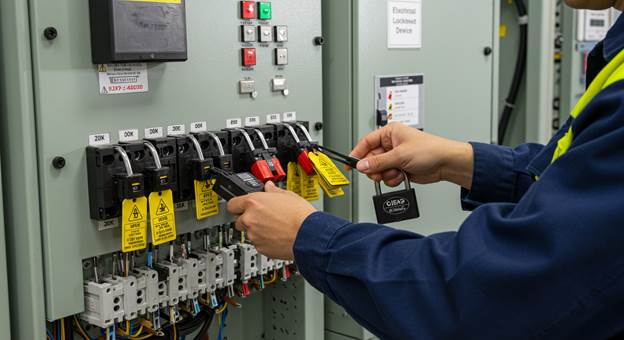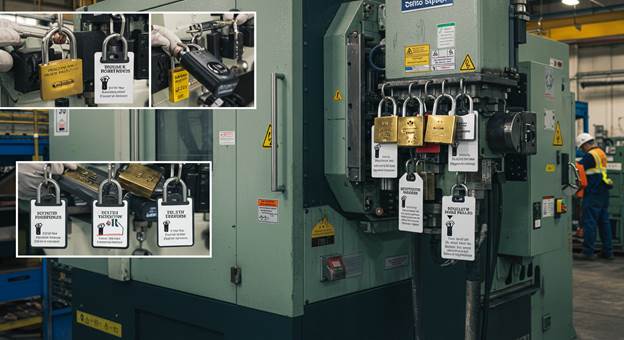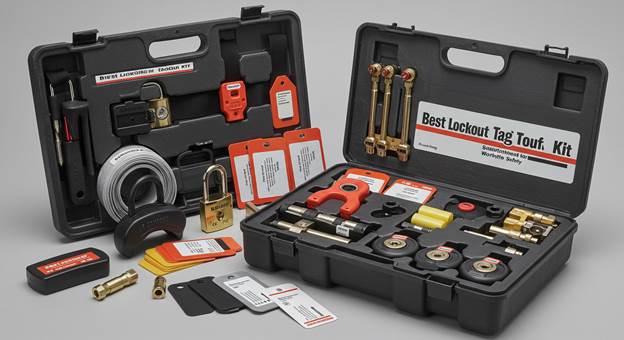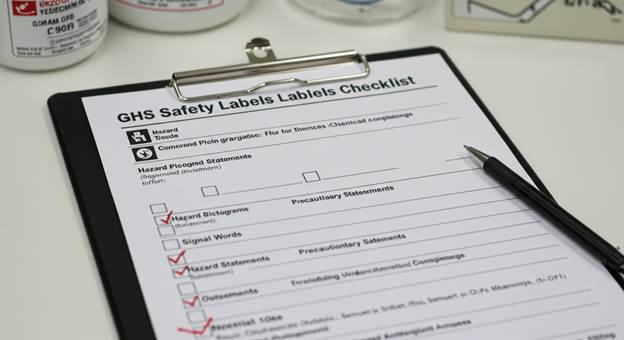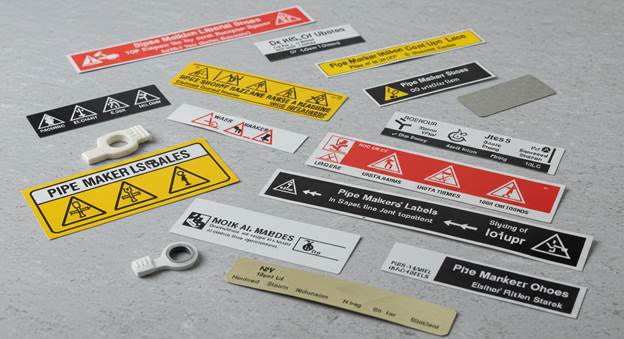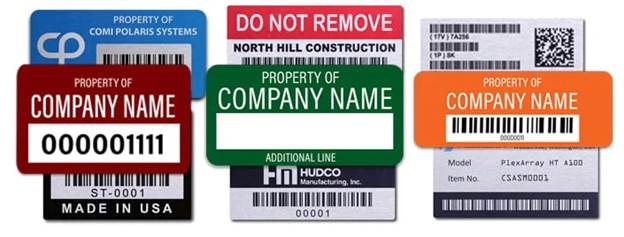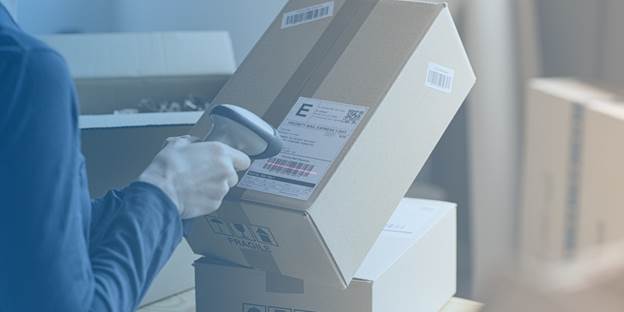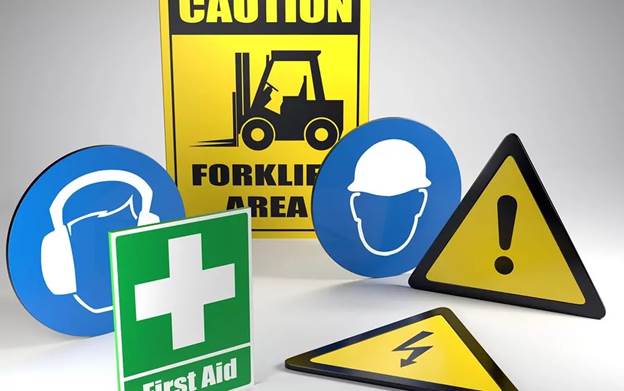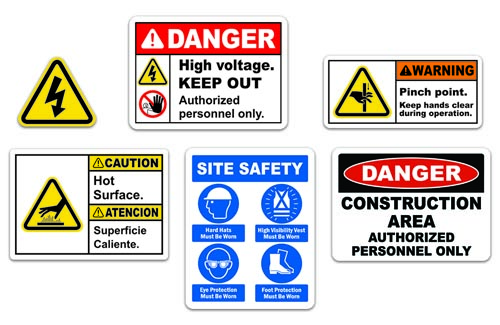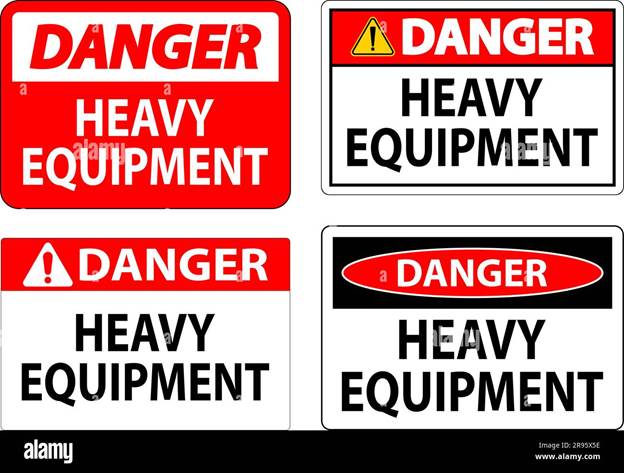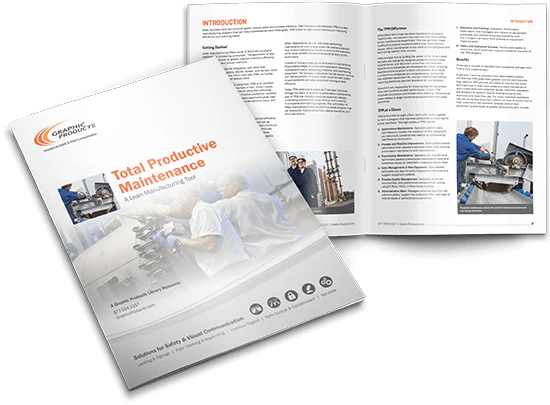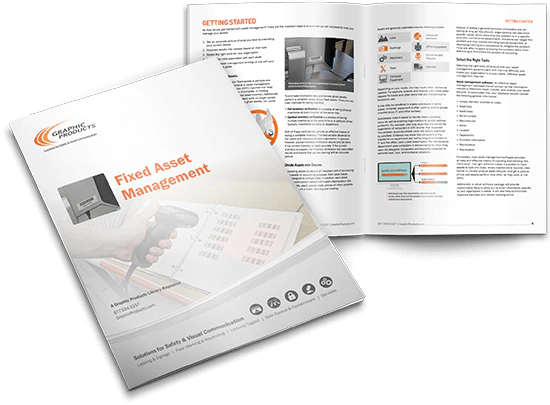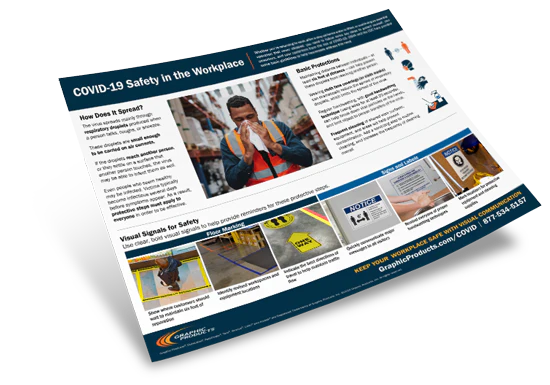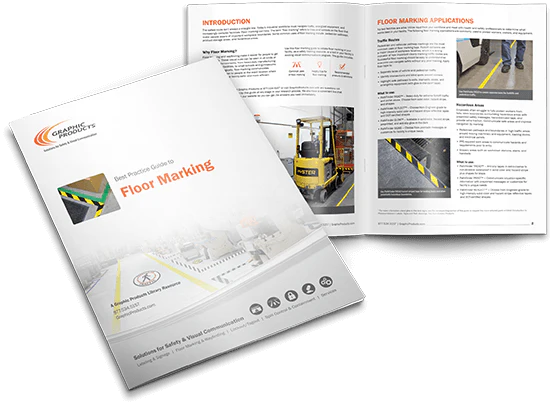Effective Rigging Equipment Tagging Tips Guide
Ensuring the safety and efficiency of rigging operations is paramount in industries such as construction, manufacturing, and logistics. One crucial aspect of this is the proper tagging of rigging equipment. This guide delves into effective rigging equipment tagging tips, highlighting best practices, compliance standards, and the role of reliable suppliers like Archford in enhancing workplace safety.
Introduction: The Importance of Rigging Equipment Tagging
Proper tagging of rigging equipment is essential for maintaining safety and operational efficiency. Tags serve as visual indicators, providing critical information about the equipment's status, inspection history, and compliance with safety standards. Implementing effective tagging practices helps prevent accidents, ensures regulatory compliance, and extends the lifespan of equipment.
Types of Rigging Equipment Tags and Their Applications
Various types of tags are used in rigging operations, each serving specific purposes:
-
Color-Coded Tags: These tags use different colors to indicate the status of equipment, such as green for "safe to use," yellow for "needs inspection," and red for "do not use."
-
Customizable Tags: Tailored to specific equipment or company requirements, these tags can include logos, specific instructions, or unique color schemes.
- Durable Tags: Made from materials like heavy-duty plastic or metal, these tags withstand harsh environments and are suitable for long-term use.
Best Practices for Implementing Rigging Equipment Tags
To maximize the effectiveness of rigging equipment tags:
-
Regular Inspections: Schedule routine inspections and update tags accordingly to reflect the current status of equipment.
-
Clear Labeling: Ensure tags are legible and placed in visible locations on the equipment.
-
Training: Educate personnel on the meaning of different tags and the importance of adhering to tagging protocols.
-
Documentation: Maintain records of inspections and tagging to track equipment history and compliance.
Innovative Rigging Equipment Tagging Tips
Enhance your tagging system with these innovative approaches:
-
QR Codes: Incorporate QR codes on tags to provide instant access to detailed equipment information and inspection records.
-
Digital Integration: Utilize digital platforms to manage tagging, allowing for real-time updates and streamlined record-keeping.
-
Self-Locking Tags: Implement tags with self-locking mechanisms to ensure they remain securely attached to equipment.
Compliance with Safety Standards
Adhering to safety standards is crucial in rigging operations:
-
ASME B30.9: Requires all slings to include identifiable and proper tags.
-
ANSI Z535: Sets the design and application standards for safety tags and signs, ensuring consistent hazard communication.
-
OSHA Regulations: Mandate the use of durable tags that can withstand environmental factors and remain legible over time.
Enhancing Safety with Additional Tagging Systems
Incorporate additional tagging systems to bolster safety measures:
-
Crane Inspection Tags: Use specialized tags for cranes to document inspection dates and equipment status.
-
Safety Tags: Implement tags that clearly indicate hazards, lockout/tagout procedures, and equipment status to prevent accidents.
-
Rigging Tags: Utilize tags specifically designed for rigging equipment to ensure proper identification and compliance.
Partnering with Archford for Safety Solutions
For high-quality safety tagging solutions, consider partnering with Archford. They offer a comprehensive range of Safety Tags designed to meet various industry needs. Their products are known for durability and compliance with safety standards.
To further enhance your safety protocols, explore Archford's Rigging Inspection tags .
Explore the Ultimate Guide to Tagging Tips & Ideas
|
Tags |
Tips or Ideas |
|
Tips for ensuring durability and visibility in harsh environments. |
|
|
Creative and clear tag designs that enhance safety awareness. |
|
|
Innovative tagging methods for better asset tracking and management. |
|
|
Best practices for implementing a clear and effective workplace tagging system. |
|
|
Practical ideas for industrial settings, focusing on visibility and clarity. |
|
|
Ideas for scaffold tagging that ensure safety and compliance. |
|
|
How to create inspection tags that meet safety standards and improve compliance. |
|
|
Creative ideas for safety tagging to reduce hazards and improve site management. |
|
|
Key tips for effective electrical isolation and minimizing electrical hazards. |
|
|
Best practices for asset labeling to enhance inventory management and tracking. |
|
|
Innovative sticker ideas for easy identification and durability of equipment. |
|
|
Essential tips for rigging safety, including correct tagging techniques. |
Conclusion
Implementing effective rigging equipment tagging practices is vital for ensuring safety, compliance, and operational efficiency. By understanding the types of tags available, adhering to best practices, and partnering with reliable suppliers like Archford, organizations can create a safer work environment and reduce the risk of accidents.
FAQs: Common Questions About Rigging Equipment Tagging
Q1: What information should be included on a rigging equipment tag?
A1: A rigging equipment tag should include details such as equipment identification, inspection date, inspector's name, and the next scheduled inspection date.
Q2: How often should rigging equipment be inspected and tagged?
A2: Inspection frequency depends on usage and regulatory requirements, but regular inspections (e.g., monthly or quarterly) are recommended to ensure safety.
Q3: Can I use digital tags for rigging equipment?
A3: Yes, integrating digital tags with QR codes can enhance tracking and provide instant access to equipment records.
Q4: Are there specific tags for crane inspections?
A4: Yes, crane inspection tags are designed to document inspection details and ensure compliance with safety standards.
Q5: Where can I purchase high-quality rigging equipment tags?
A5: Reliable suppliers like Archford offer a variety of durable and compliant rigging tags suitable for different applications.

